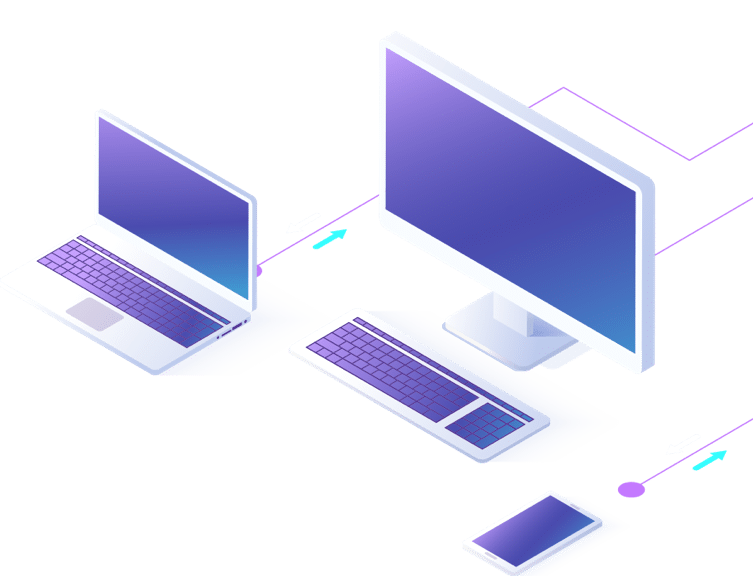5G and Next-Gen Networking Solutions
As the digital world hurtles forward, so does the infrastructure that supports it. Among the front-runners of this infrastructural evolution is the fifth-generation (5G) mobile network. Going beyond the typical upgrade, 5G represents a pivotal shift in the world of communications and business operations, making next-generation networking solutions vital for companies eager to stay ahead.
What is 5G? 5G is the fifth iteration of mobile network technology, succeeding 4G. It’s designed to be faster, more reliable, and able to connect more devices simultaneously. Unlike its predecessors, 5G employs higher-frequency bands, which translates to faster data download and upload speeds, lower latency, and the potential to revolutionize various industries.
Key Advantages of 5G:
- Increased Speeds: 5G offers potential speeds up to 100 times faster than 4G, enabling real-time communication, faster downloads, and instantaneous streaming.
- Lower Latency: Reduced lag time means operations can happen in almost real-time, crucial for applications like autonomous vehicles and telemedicine.
- Enhanced Connectivity: 5G can support up to a million devices per square kilometer, making it essential for the expanding IoT ecosystem.
Implications for Businesses:
- Remote Work: With the speed and reliability of 5G, businesses can support a fully remote workforce, offering enhanced virtual collaboration tools.
- IoT and Smart Infrastructure: The ability to connect more devices means businesses can rely more on IoT devices without network congestion issues.
- Virtual Reality (VR) and Augmented Reality (AR): Companies can utilize VR and AR for training, presentations, and product demos like never before.
- Supply Chain and Logistics: Real-time tracking and automation become more reliable and efficient with 5G technology.
Challenges: While 5G promises significant benefits, it also presents challenges:
- Infrastructure Costs: 5G requires a complete overhaul of existing infrastructure, which can be costly.
- Security Concerns: With more devices connected, security vulnerabilities could increase if not adequately addressed.
- Coverage Limitations: 5G signals don’t travel as far as those of previous generations, requiring more cell sites.
Next-Gen Networking Solutions: Beyond 5G, networking is evolving to accommodate the growing demands of modern businesses:
- Software-Defined Wide Area Networks (SD-WAN): This technology optimizes traffic flow across wide-area networks, boosting performance and reducing costs.
- Network Function Virtualization (NFV): By moving away from traditional physical devices, NFV allows for quicker service deployment and agility.
- AI-Driven Network Management: AI can predict network issues, optimize traffic routes, and enhance security measures.
The onset of 5G and next-gen networking solutions presents both immense opportunities and significant challenges for businesses. By understanding and leveraging these advancements with the help of IT experts, companies can position themselves at the forefront of their industries in the digital era.




